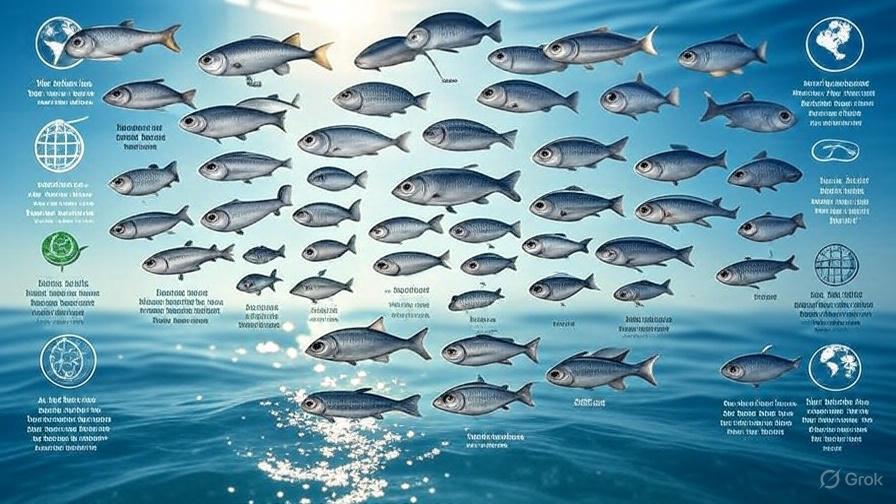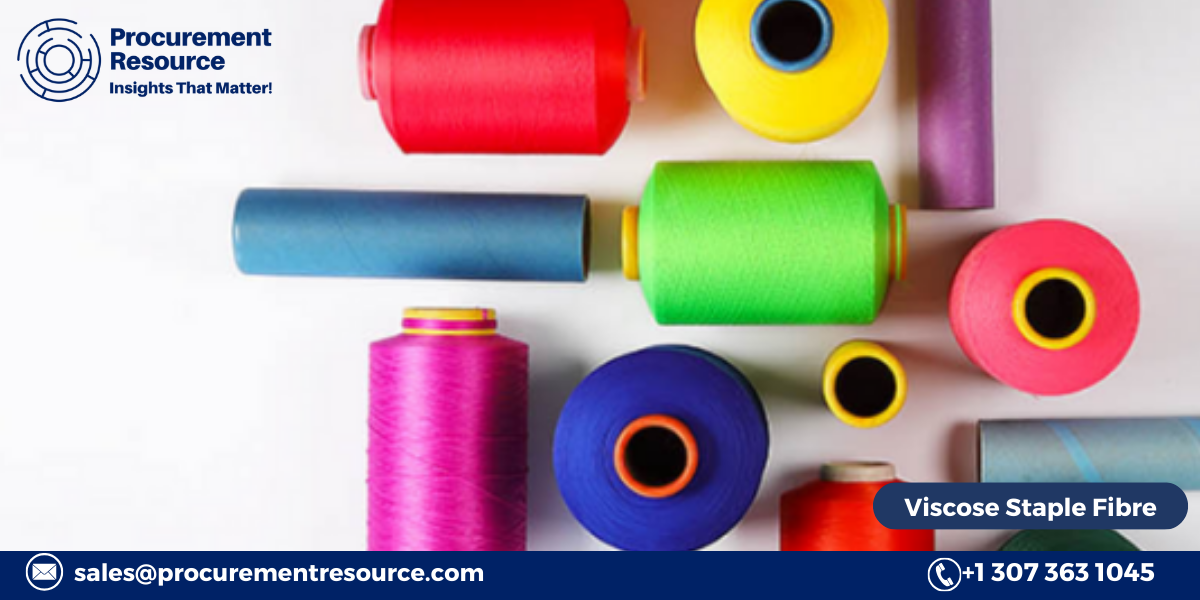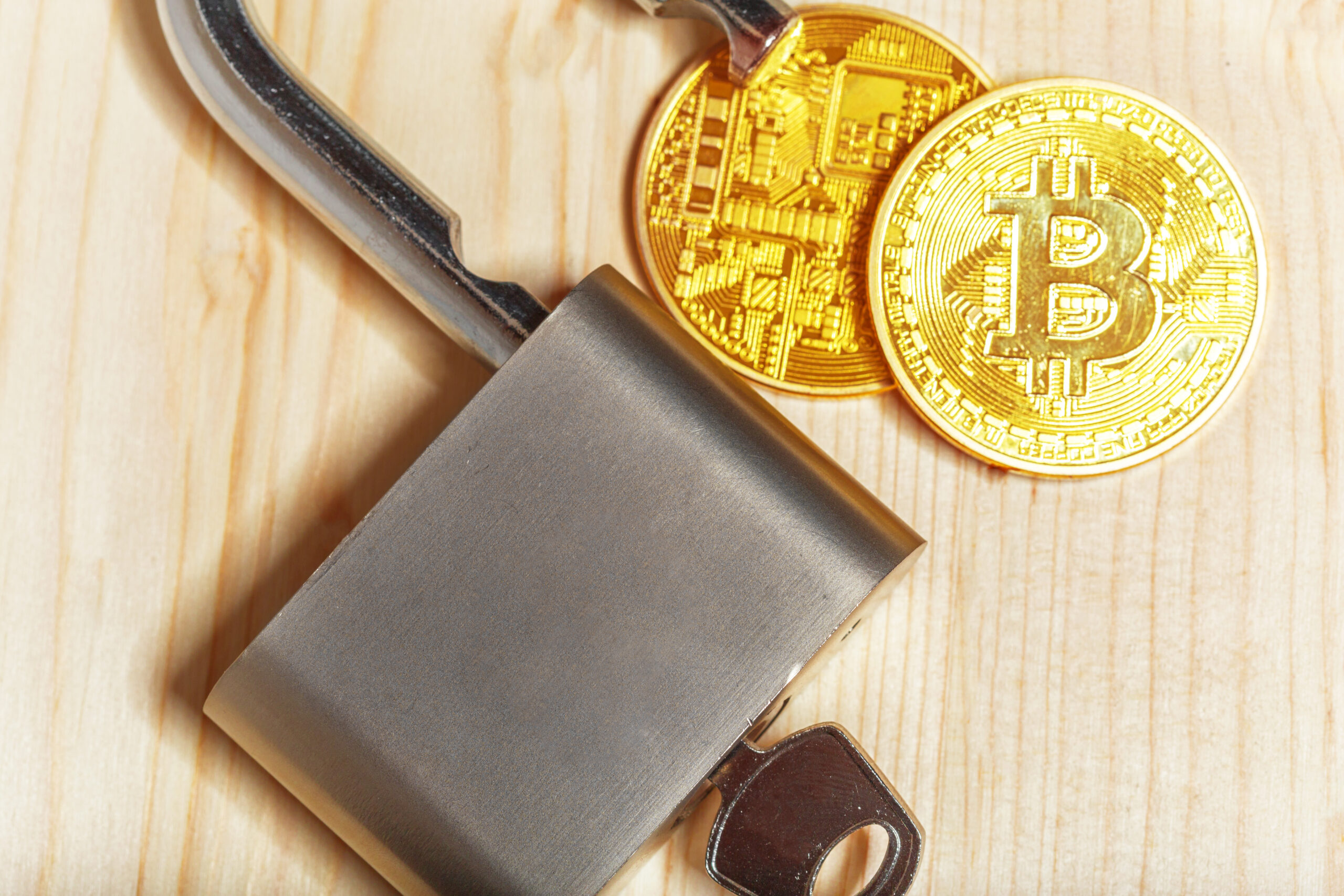Imagine trying to manage a library without knowing the names of the books. That’s exactly what it’s like managing fish stocks without proper fish identification. In the realm of sustainable fisheries, fish identification isn’t just a scientific formality—it’s the cornerstone of responsible fishing, conservation efforts, and regulatory enforcement.
As our oceans face increasing pressure from climate change, overfishing, and habitat destruction, accurate fish identification becomes more important than ever. It ensures that species aren’t misreported, endangered fish are protected, and commercial fishing can continue without depleting stocks. Let’s dive into the details of why this process matters and how it helps maintain the delicate balance of marine ecosystems.
What Is Fish Identification?
It is the process of recognizing and classifying fish species based on their physical characteristics, genetic markers, habitat, and behavior. Techniques range from visual keys (color patterns, fin shapes, scale types) to modern tools like DNA barcoding and image recognition software.
This isn’t just for scientists. Fishers, regulators, and conservationists all depend on proper identification to make critical decisions.
Why Fish Identification Is Crucial for Sustainable Fisheries
1. Prevents Overfishing of Vulnerable Species
One of the primary goals of sustainable fisheries is to avoid overharvesting. Without proper fish identification, endangered or vulnerable species might be caught and sold under incorrect labels. For instance, some juvenile fish look remarkably similar across species, and mistaking one for another can lead to population collapse.
According to a report by the Food and Agriculture Organization (FAO), one-third of global fish stocks are overexploited. Misidentification directly contributes to this crisis by skewing population data and hampering management plans.
2. Supports Effective Fisheries Management
Regulatory bodies like NOAA and local fisheries departments depend on accurate catch data. If species are misidentified, quotas and policies may be based on false information. For instance, identifying a protected species as a more common one leads to underreporting of its actual catch numbers.
- Accurate stock assessments
- Proper enforcement of size and catch limits
- Informed policymaking
3. Enhances Traceability and Seafood Labeling
Consumers are increasingly demanding sustainably sourced seafood. But how can we trust the label if the fish was misidentified? From boat to plate, traceability starts with correct identification at the point of capture.
Mislabeling is more common than you think. A 2019 study by Oceana found that 1 in 5 seafood samples in the U.S. were mislabeled. Reliable fish identification helps eliminate fraud, maintain consumer trust, and protect endangered species from being unknowingly consumed.
4. Aids in Ecosystem Monitoring and Conservation
Every fish species plays a unique role in the ecosystem. Some maintain coral reef health, while others control algae growth or serve as prey for larger species. Without precise identification, we can’t monitor how the population of one fish affects the broader environment.
Correct data contributes to:
- Marine Protected Area (MPA) planning
- Biodiversity tracking
- Climate change impact studies
Common Tools and Techniques Used in Fish Identification
Today, identifying fish has moved beyond field guides and gut instinct. Here are the main tools professionals use:
- Morphological Keys: Charts based on physical traits such as body shape, fin structure, and scale type.
- DNA Barcoding: Genetic sampling to identify species with high accuracy.
- PIT Tags and RFID Technology: Used to track and monitor individual fish over time.
- Mobile Apps: Tools like FishVerify and iNaturalist help field workers and fishers identify species on the spot.
These tools reduce human error and enable data collection at scale, especially in citizen science initiatives.
Challenges in Fish Identification
Despite advancements, several challenges still exist:
✖ Juvenile Similarities
Young fish of many species look similar. This often leads to incorrect IDs and misreporting.
✖ Lack of Training
In many developing regions, fishers and port inspectors receive minimal training in species identification.
✖ Changing Habitats
Climate change is shifting fish populations, bringing unfamiliar species into new waters. This adds complexity to field identification.
To address these challenges, more investments are needed in training programs, technology access, and international data sharing.
Real-World Applications: Case Studies
Amazon Basin Fisheries
In South America, a collaborative project helped local fishers use mobile apps for real-time fish identification. The result? Improved data accuracy and better stock management.
North Atlantic Cod Recovery
After decades of overfishing, recovery efforts for Atlantic cod relied heavily on accurate species reporting. Using PIT tags and biometric software, researchers tracked cod populations and adjusted quotas accordingly.
How You Can Contribute to Sustainable Fisheries
Whether you’re a recreational angler, a marine biologist, or simply a seafood lover, you have a role to play:
- Educate yourself on local fish species
- Use reliable apps to ID your catch
- Report unusual sightings to local authorities
- Support traceable seafood when shopping
It all begins with awareness—and a willingness to look closely at what lies beneath the surface.
Final Thoughts
Sustainable fisheries don’t happen by accident. They’re built on science, policy, and yes—proper fish identification. It’s the invisible thread connecting biodiversity, food security, and marine resilience.
As global seafood demand rises, the accuracy of fish identification will play an even more critical role in keeping our oceans alive and thriving.
Let’s not leave it to chance.


